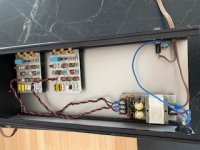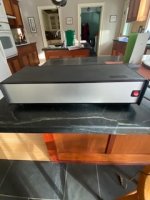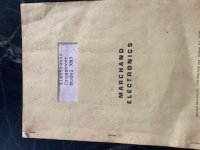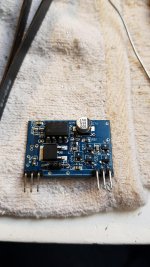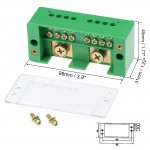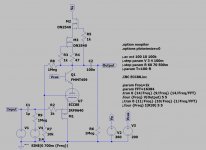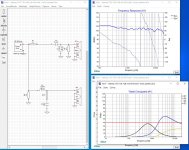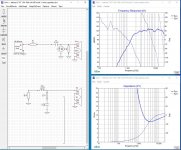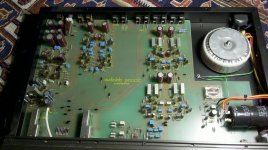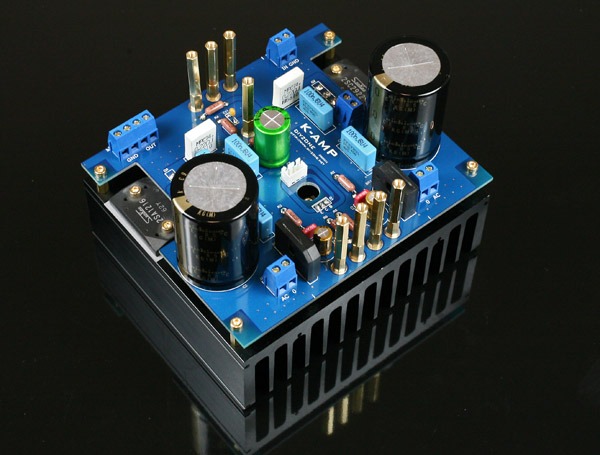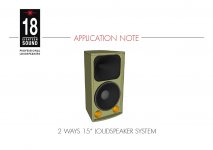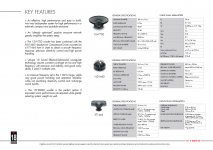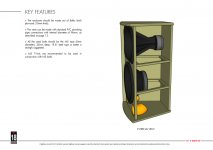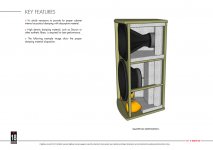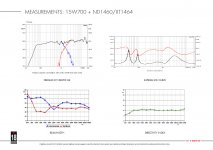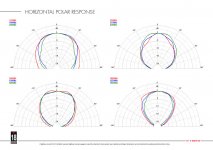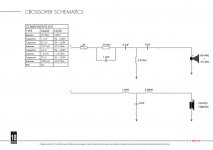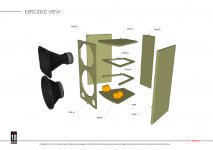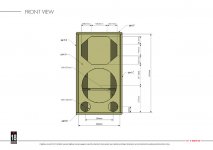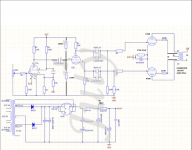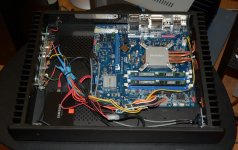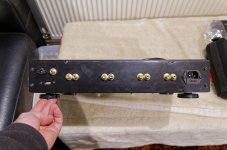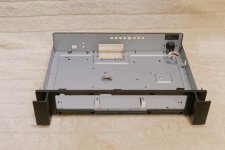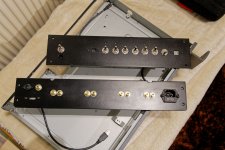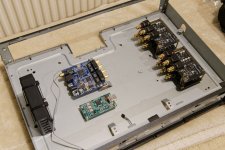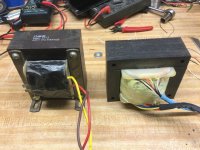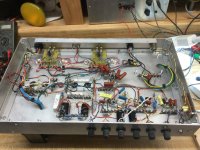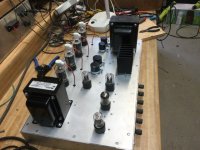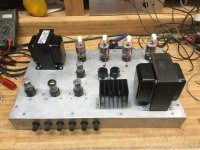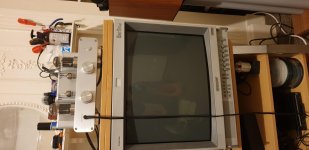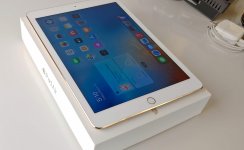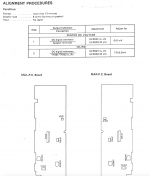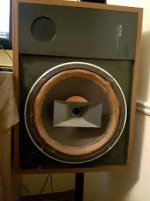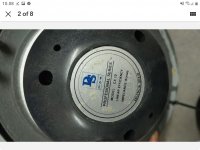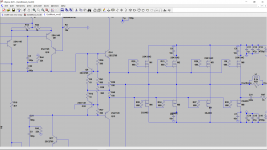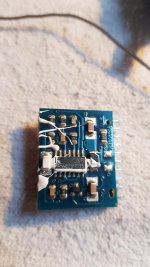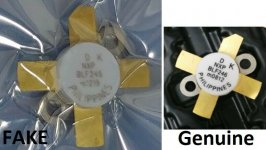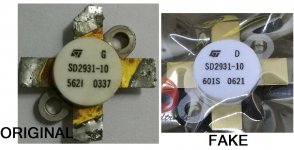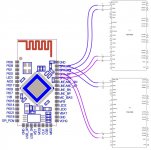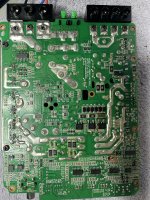Edit: not sure why the pictures are squished. Computers!
Been eyeballing these kits for awhile and bit the bullet a short time ago. I was super impressed with my Kanspea PC setup and I wanted a project that would allow me to try my hand at varnishing. Or treating wood. Or whatever you call it-- I frankly have no idea what I'm doing as I've learned upon doing further research AFTER I began working with Tung Oil. Learn from my mistakes and, maybe, don't be too afraid to use it because I'm pretty pleased so far. It's a very unique finish that really "respects" the wood. I've learned terms like Cathedral and Phloem. I'm getting a lesson in delayed gratification and a couple splinters in my index finger. I'm loving seeing the bones of the cabinet made prominent as opposed to an occluding veneer.
To begin (and I'll edit if there's any rule against posting this) I got the kits from
Madisound. I've bought a few things here and there from these guys and they have always been excellent. Highly recommend. I imagine most here are familiar with them but you never know.
I'm a fella that knows my limitations. Assembling these cabinets was way above my pay grade so I paid a local carpenter and all around great guy to assemble them for me. If you're in Cape Cod and want a speaker assembled or a 17th Century side table repaired shoot me a message and I'll connect you with him. He said the quality of the Baltic Birch was superb, he was quite impressed. He also said assembly was pretty challenging even for someone that knows what they're doing, pointing out a Witness Mark in an example photo in the instruction sheet where the carpenter didn't quite get a perfect match. So I'm relieved I didn't try it myself. Here's a pic he sent me of the clamping situation. The instructions don't lie, you need clamps for days. Lots of clamps and a couple extra. If you want to do the assembly yourself... get clamps.
And here's the assembled, raw cabinets:
First step for me, sanding. I started with 220 grit and then 330 while dusting with a 3" Purdy brush. Recommend doing this
plein air unless you want to coat your work area in ultra-fine, chalky particulate. I was fortunate to catch a sunny, balmy 37 degree day and took advantage. Once the cabinets were silky smooth and little residue showed up on the white glove test I moved on to the first coat of Tung.
Fortunately I did do some research on Tung products. Turns out many aren't actually Tung Oil. Trust no-one! I guess because it takes such an abhorrently long time to cure and is peckish about air flow, humidity, ambient temperature, and the Kelvin rating of your work lights most suppliers add a drying agent to their Tung Oil. Some brands of Tung Oil purportedly contain no actual Tung Oil. Long and short I ended up picking Hope's 100% Tung Oil:
For the first coat I mixed the Tung Oil 50/50 with plain old Turpentine. I had read this assisted penetration. Seemed to.
For application my intention was to sort of flood with a rag and massage it in. I chose the softest rag I had around and tried a test area. Fibers everywhere. Rags a no-go. I moved to a chip brush. This worked significantly better but eventually detached brush hairs became a nuisance. A mild one, as about fifteen minutes after the first coat was applied simply hand rubbing the cabinets removed all of them. I often felt I was molesting my cabinets. There's a definite sensuality to massaging oiled up wood with your bare hands. I've accepted this part of myself and I think I'm starting to get "wood guys".
That's enough for now I'll continue this post later.













